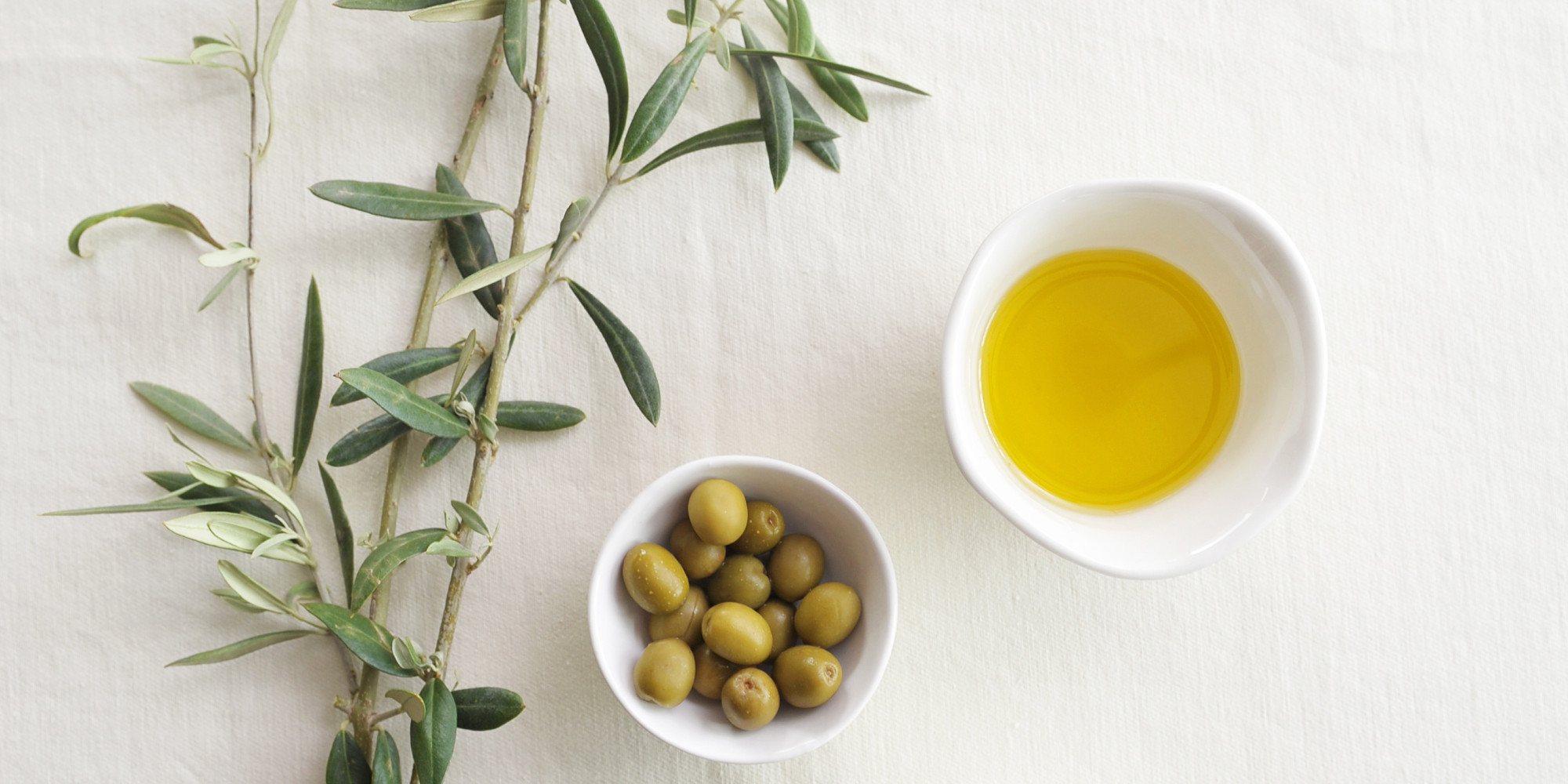Olive oil is one of the healthiest products, but only a quality product is really useful. Read the article to find out how you can distinguish quality olive oil from counterfeit.
Today, olive oil is a very popular product. A quality olive oil has a lot of health benefits. Unfortunately, not all olive oil is of high quality. Nowadays olive oil frauds have become widespread. It was reported that 80% of the olive oil on the market is fake. Often, it can be a mixture of sunflower, rapeseed, or palm oil with the addition of dyes and flavors. It is deliberately mislabeled by the producers as virgin or extra virgin so that to get more profit. One of such deceptions was revealed recently in Southern Italy. Olive oils from Syria, Turkey, Morocco and Tunisia were sold as original Italian ones. It was exported mostly to United States and Japan. This fact was brought to light by the Italian police. The problem is that due to the cheap price fake olive oil has become very popular among consumers. As producers have already known this fact they continue to make a fake oil and nobody can stop them.
Most often olive oil is diluted with cheap refined sunflower oil. Some manufacturers indicate this on the label in fine print. Therefore, when buying olive oil, first look at the composition – the label of quality olive oil should say 100% Olive Oil or Natural.
If there the label says Mix, Oil Mix, Polivio, or Estella – this is a mixture of different vegetable oils, and the content of olive oil in such mixtures is very small.
When choosing olive oil, decide where you will add it – in salads or hot dishes. On the label, the manufacturer indicates the purpose of the oil, classifying it into three main groups:
- Virgin – natural (obtained using only physical methods without chemical purification)
- Refined – purified using physical and chemical methods
- Pomace – obtained from pressing using chemical solvents.
Virgin Olive Oil
As a rule, Virgin Extra is added to salads. It is unrefined olive oil of cold pressing with the acidity less than 1%. Virgin Extra has an excellent taste and a slightly bitter aroma. It is the best olive oil.
The acidity in virgin olive oil can reach up to 2%. This oil is sold without the Extra prefix. This oil is suitable for frying, provided that the acidity is less than 2%. Therefore, if the label says Refinado, it is Virgin oil that has been refined.
Refined Olive Oil
Refined olive oil is used for frying. The producers give different names to the refined olive oil:
- Pure olive oil
- Refined olive oil
- Light olive oil
Some producers of olive oil deliberately mislead the consumer, indicating on the label of refined olive oil simply olive oil. Refined olive oil is inferior to the flavor and useful qualities of cold pressed oil, but this oil is better suited for frying because it does not contain phospholipids, which are highly oxidized even with slight heating and form carcinogenic substances.
Pomace Olive Oil
Pomace oil is used only for lubricating forms before baking. This olive oil should not be purchased. In Spain, health authorities banned its widespread sale due to the fact that it contains substances that provoke the development of cancer.
Distinguishing Quality Olive Oil from Counterfeit
Carefully read the label, pay attention to the classification of the oil and acidity (it should not be more than 3.3%). The label must include the country of manufacture, the place and date of when the oil was bottled. Also, the label should indicate the coordinates of the company-importer. If the label indicates only the area of production or bottling, then the quality of such oil is doubtful. Beware of buying oil bottled in a country where olive trees do not grow.
On some labels, you will see the designations IGP and DOP.
- IGP stands for Indicazione Geografica Protetta and means that one of the technological processes in the production of olive oil passed in a protected controlled area, which is officially represented on the world market.
- DOP stands for Denominazione d’Origine Protetta and means that collection, pressing, cleaning, and bottling happened in one area.
Pay attention to the date of bottling. After all, even the best oil loses its qualities and oxidizes over time. The shelf life of olive oil is about a year. It is recommended to keep the oil in a glass tightly closed container.
You can determine the quality of olive oil at home in the following way – put it for fifteen minutes in the refrigerator. If there is a sediment and flakes, and the oil thickens, it means that this is a quality olive oil. As soon as the oil is heated to its normal room temperature, everything will return to normal.
Information provided by https://uwritemyessay.com/ .











